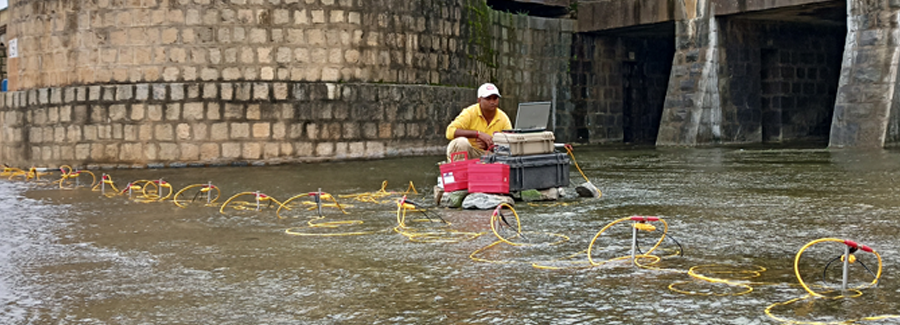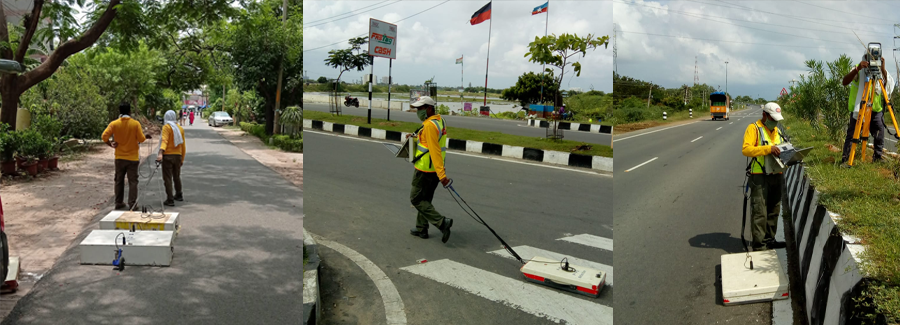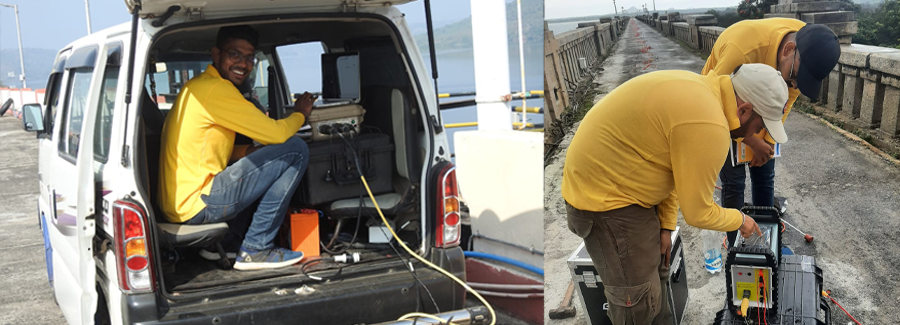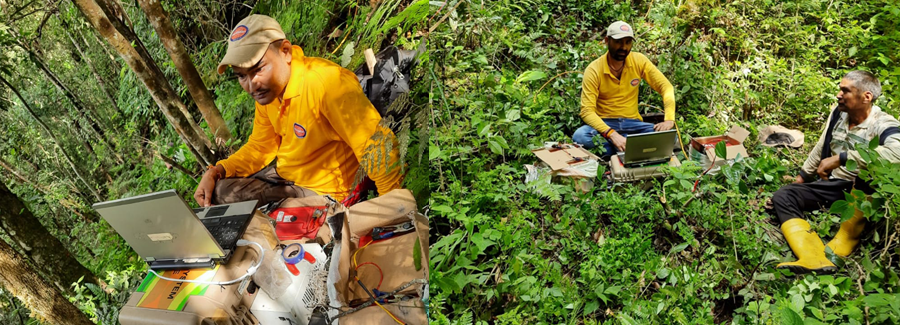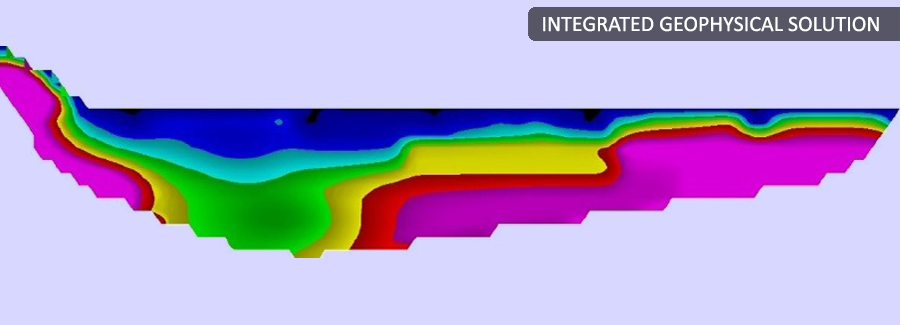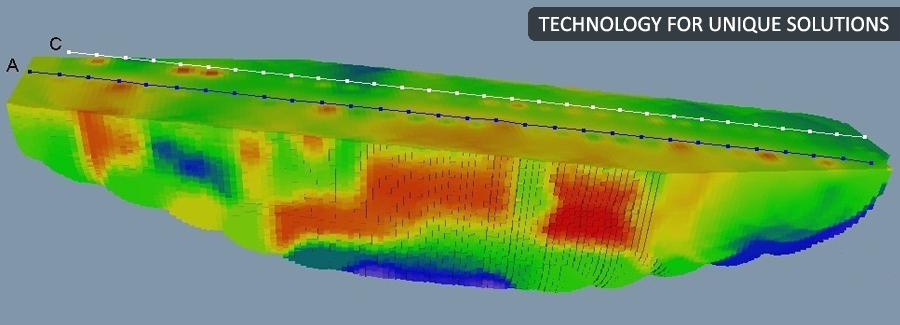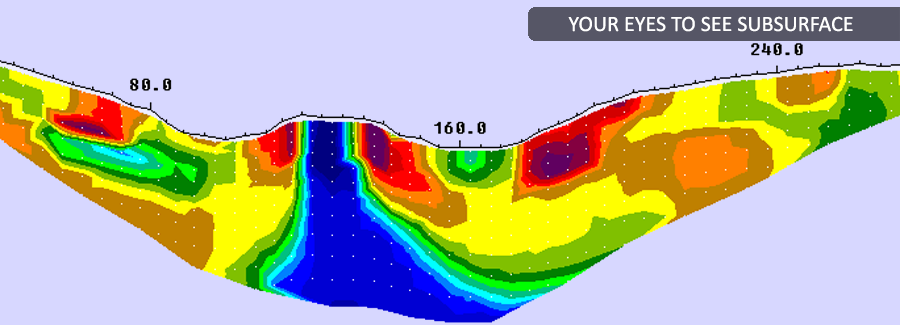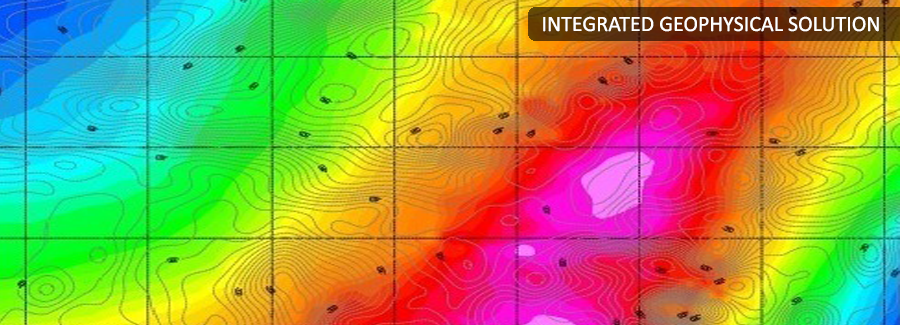Induced Polarization (IP) Method
Back to TechniquesThe induced polarization method makes use of capacitive action of subsurface to locate zones where clay and conductive minerals are disseminated within its host rocks. The IP survey is similar to electrical resistivity tomography (ERT). Resistivity and IP methods are often applied on the ground surface using multiple four- electrode. In an IP survey, in addition to resistivity measurement, capacitive properties of the subsurface materials are also determined. As a result, IP surveys provide additional information about the spatial variation in lithology and grain-surface chemistry.
Application areas:
PARSAN is associated with DIAS Geophysical for conducting Induced Polarization surveys.
- DIAS32 provides full 3D resistivity and induced polarization models of the subsurface
- With integrated safety systems, DIAS32 is the leading IP resistivity technology in survey safety
- As a fully-distributed system, DIAS32 offers complete flexibility and scalability
- Cable-free networking capability facilitates safety and real-time quality control.
- Survey planning using optimization software for efficient and effective results.
DIAS32 – LEADING EDGE 3D RESISTIVITY IMAGING KEY FEATURES
Survey qualification and optimization
- Selection and qualification of appropriate method through forward modeling
- Optimization of survey parameters and specifications with proprietary software
Survey acquisition
- proprietary safety, acquisition, and processing technologies
- Safe and efficient acquisition of low-noise, high-volume data sets
- Calibration, sensitivity, and data-rich surveys enhance accuracy of the final models
Imaging
- Initial 2D and 3D resistivity models using inversion
- From voids to massive sulfides, and aquifers to shale
Advantages

- Proprietary safety procedures and purpose-built technologies assure a safer working environment for field teams
- The DIAS-CL Current Lockout system enhances safety around high voltage operations
- The DIAS-LS Lightning Shunt technology mitigates risks due to lightning
- Optimized automation and survey methodology yields efficient and effective field operations
- Mesh networking technology provides real-time monitoring of system health and data quality
- Injection point monitoring (IPM) of the current waveform and time series recording drive data accuracy and sensitivity to enhance confidence in the final resistivity imaging
- Proprietary signal processing routines produce low-noise final data
- The fully distributed array architecture allows for full flexibility in survey design and implementation and makes the system scalable



